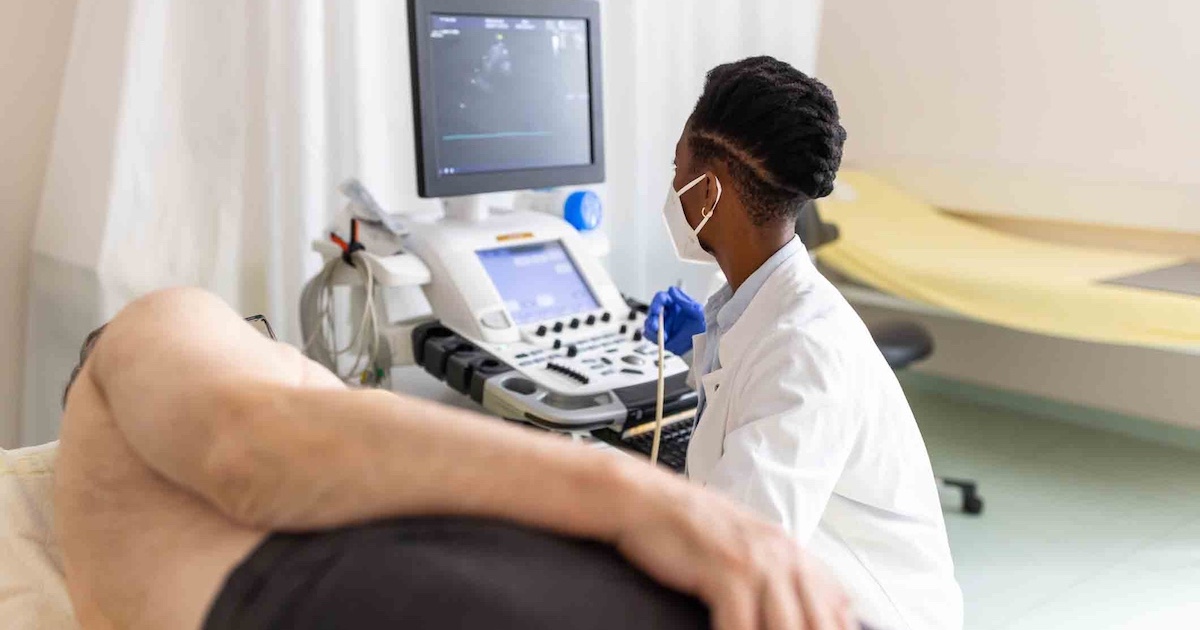A Florida health system is giving its physicians a better platform for connecting with chronic care patients outside normal office hours - and, just as importantly, being reimbursed for those encounters.
The Florida Hospital Physician Group and Florida Hospital, part of the Adventist Health System, are deploying a mobile health platform from Smartlink Mobile Systems that enables physicians to communicate with patients and track their health status, both individually and as part of a larger population.
The platform is also fully auditable, enabling those physicians to chart their after-hours time and be reimbursed under the Center for Medicare & Medicaid Services' Chronic Care Management (CCM) program. This past January, CMS launched the CCM program to help pay physicians for non-face-to-face time with patients.
"There was a lot of time spent that was not being compensated," Arthur Polin, MD, medical director of Florida Hospital North Pinellas and the leader in the health system's efforts to roll out the CCM program, told mHealth News. "We're talking in terms of hours and hours of time, and we're not like lawyers who, when the phone rings, we just start the clock."
"And with physicians struggling to maintain their revenues, especially in primary care, they were having a hard time keeping up."
[See also: CMS boosts telehealth in 2015 physician pay schedule]
In hard numbers, Polin estimated the platform could save the health system roughly $38,000 per physician just in improved care and workflows. Add in the CMS reimbursements for chronic care via telehealth, and that number could very well triple, he said.
CMS mandates call for providers who are offering the CCM program to have several electronic capabilities in place, including a round-the-clock communication platform that allows patients to access care services, a platform that allows providers to network with other members of the care team, and the ability to electronically (not via fax) send information, including care plans and clinical summary care records, between care providers.
All of this, Polin said, can now be done on a doctor's smartphone, tablet or laptop.
"The challenge was in integrating that into the real world of the physician's practice," he said. "Some solutions, when you try to integrate them into the real world, the wheels just fall off the wagon."
Polin said Smartlink put all of its capabilities onto one platform, and added auditable event and activity documentation to enable physicians and their supervisors to see just how much time was spent after-hours in patient care. That could be used to develop better care plans for patients and patient populations and, in turn, to reimburse the doctors through the CCM program.
"It's such a huge step toward compensating us for talking to our patients," he said.
Then there are the clinical benefits. That's why physicians accept and make those after-hours phone calls, consult with other care team members and colleagues, check up on medication management issues and follow up on other aspects of the care plan. All of that combines to drive improved outcomes.
"This is a tremendous tool for improving patient care," Polin said, "because you can create a comprehensive plan that both the physician and the patient understand, which has proven to be the most valuable part of the program."
When you can accomplish that and reimburse physicians for their time, he said, "you've bridged that gap" between something that looks great but isn't feasible and something that actually works.
See also:
Survey finds providers willing to manage chronic care via telehealth
Potential pitfalls in CMS' new telehealth reimbursement codes


